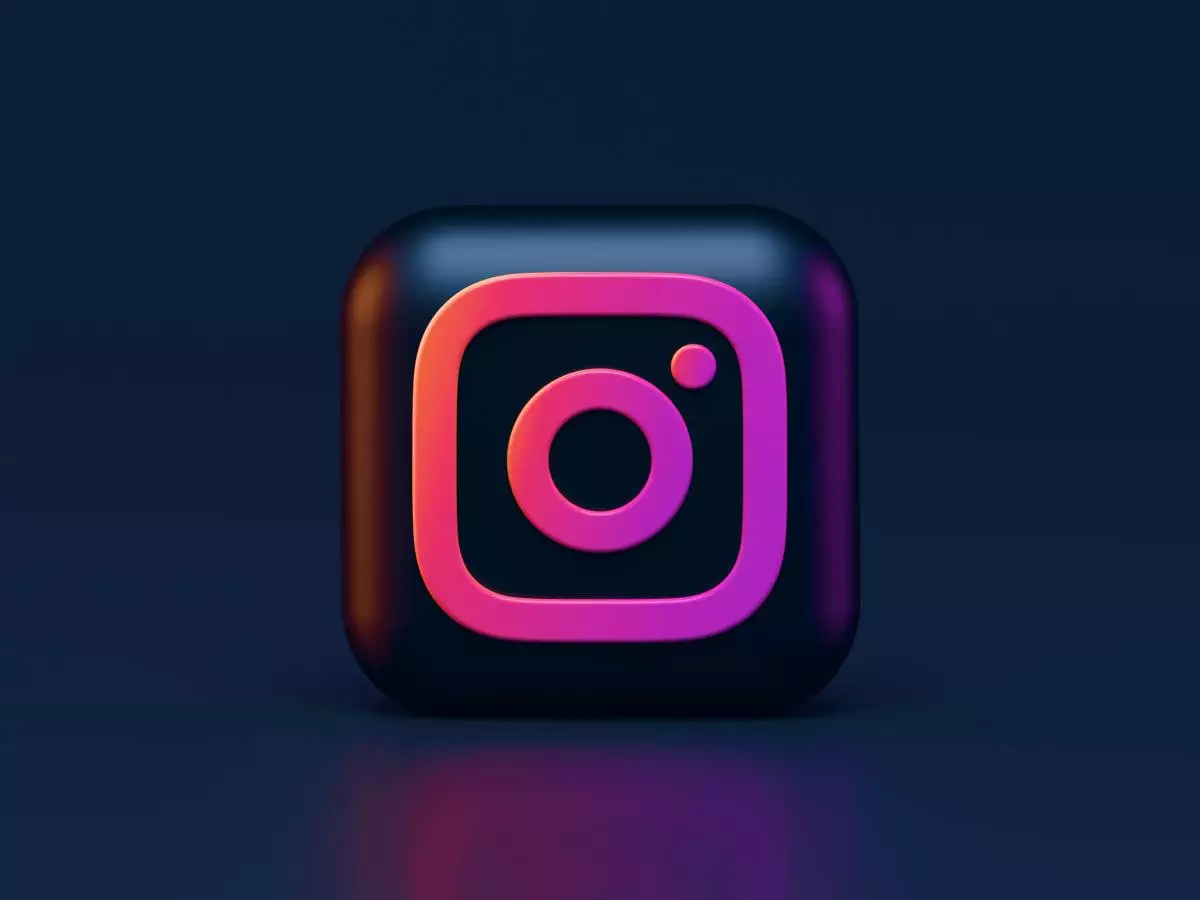Recent announcements from Instagram’s head, Adam Mosseri, have ignited a wave of excitement among content creators eager for new tools to enhance their video productions. Teasing new generative AI features, Mosseri revealed that Instagram will soon enable creators to modify nearly every element of their videos through intuitive text prompts. This innovative approach is expected to empower users by providing a fresh way to express their creativity, turning the platform into a more dynamic space for artistic exploration.
Mosseri emphasized that these AI-driven editing tools would be powered by Meta’s latest initiative, the Movie Gen AI model. Slated for release next year, these features promise a revolution in user-friendliness, allowing creators to overhaul aspects of their videos and generate original content with minimal technical know-how. Imagine altering your outfit, swapping your background, or even adding accessories like jewelry—this seamless integration of generative AI aims to elevate the production quality of content shared on Instagram.
During a preview video, Mosseri illustrated the transformative potential of these tools. For example, in one segment, his video background shifted from a plain setting to a picturesque snowy landscape. In another, he morphed into an animated puppet-like version of himself, showcasing the playful and imaginative possibilities that the new AI features may offer. However, concerns linger about whether these innovative editing capabilities will achieve the same polished results in practical user applications once they’re rolled out.
Meta’s foray into AI video editing comes at a critical juncture, amidst a broader surge in generative AI technologies. Notably, OpenAI and Adobe have also introduced their respective models aimed at revolutionizing video creation. OpenAI’s Sora and Adobe’s Firefly video generator have begun to be tested by select users, indicating a shift in the media landscape where ease of use and creativity converge. With Meta’s focus on Instagram, the competitive pressure will likely spur even more innovation in AI tools tailored specifically for users’ needs.
As content creators eagerly await these new capabilities, it is essential to consider potential challenges. The risk of over-reliance on AI editing tools may lead to a homogenization of creative expression, as users might gravitate toward generic trends rather than unique artistic visions. Additionally, as with any technological advancement, there is always a degree of uncertainty regarding the actual capabilities and limitations of the tools upon release.
However, with thoughtful integration and user feedback, these AI features could set a new standard for content creation on social media. By granting creators greater creative freedom, Instagram may foster a revitalized community of influencers, filmmakers, and artists eager to push the boundaries of storytelling. As the landscape of social media continues to evolve, it’s clear that the intersection of AI and creativity holds significant potential for both creators and audiences alike.
As we look ahead to next year, the excitement surrounding Instagram’s upcoming generative AI video editing tools represents a significant stepping stone for creators seeking innovative ways to express themselves. It challenges the status quo and opens new avenues for creativity, ensuring that Instagram remains at the forefront of social media engagement and artistic expression.

